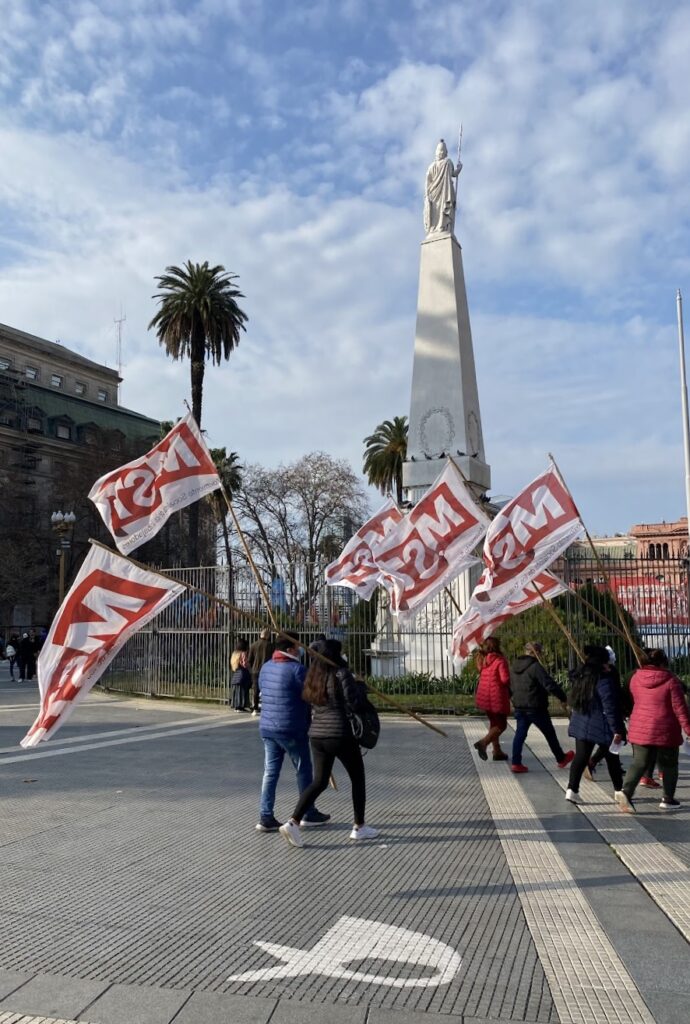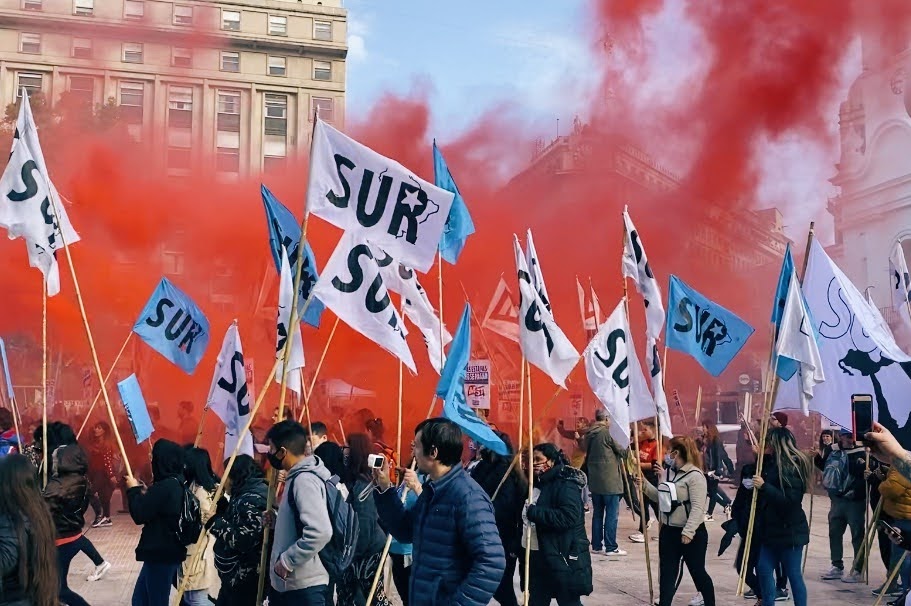
I did not expect to feel culture shock when I returned to the United States. In many ways it felt like we were in Argentina forever. I had finally adjusted to my daily routine and to the pace of life in La Plata. In other ways it felt like we had just arrived. There were still moments when I felt like such an outsider, particularly as I still stumbled over words in Spanish on my last day at the Comision. Still, it is crazy to think about how much I have changed in just six weeks.
My last week absolutely flew by. I finally went to visit the vibrant neighborhood of La Boca in Buenos Aires. Every restaurant had live music and a couple performing the tango. I hope that I will have the chance to come back to Argentina one day to see a Boca Juniors game. I finally bought my own mate while in Buenos Aires. My host mom helped me cure it. It blows my mind that we don’t drink yerba mate in the United States and that many people have never even heard of it. It is funny how different cultural norms can be around the world and how much my own habits have changed. I am really excited to introduce my friends and family to mate.
When Daniel and I went into Buenos Aires again on Thursday we saw the weekly protest that the Madres de Plaza de Mayo hold in the Plaza de Mayo in front of the Casa Rosada. While there were only a dozen or so people marching, it was still so powerful to hear the names of the disappeared read as the group made laps around the Plaza. One Mother, who had to be at least 90, was pushed in a wheelchair. After they finished reading the names, the group congregated on one side of the Plaza as the Madre spoke.
On our last day at the Comision, we put together the physical version of the biographies we have been working on over the past six weeks. At first I was a little uncomfortable with decorating a booklet that talks about how someone was imprisoned and tortured. On the surface, it felt a little insensitive. Malena and the other people at the Comision did not feel that was the case. Instead, they saw these booklets as an artistic and engaging way to honor someone’s life. I had never thought about memory work in that way before.
We all cried when we said our last goodbye to Malena. I did not expect to feel as emotional as I did as we walked out of the doors of the Comision for the last time. I was especially emotional when we said goodbye to our host mom, Roxana. Astrid and I cooked “breakfast for dinner” for Roxana and her two sons, Camilo and Fermin, on our last night. They had never had pancakes before. My host mom carefully wrote down the recipe in her journal as I cooked. Camilo and Fermin spoke some broken English, which mostly consisted of references to movies and TV shows.
I accidentally said “gracias” to the cashier at the Charlotte airport. It took me a second to realize my mistake. I was floored that using Spanish had become like second-nature to me in just six weeks. That was when it hit me just how far my language skills have come since I first arrived in La Plata. I remember the panic I felt in my first few weeks when someone would ask me a question. Even something as simple as ordering food felt so uncomfortable. It is mind blowing that now, in the airport in the United States, I did it without even thinking.
I am so incredibly grateful to William & Mary, Professor Tandeciarz, Malena, Diego, the Reves Center, Charles Center, Government Department, Global Research Institute, Hispanic Studies Program, Public Policy Program, my host mom Roxana, and everyone we met in La Plata for giving me this incredible opportunity. I know that I will carry the experiences I had in Argentina with me for the rest of my life.














